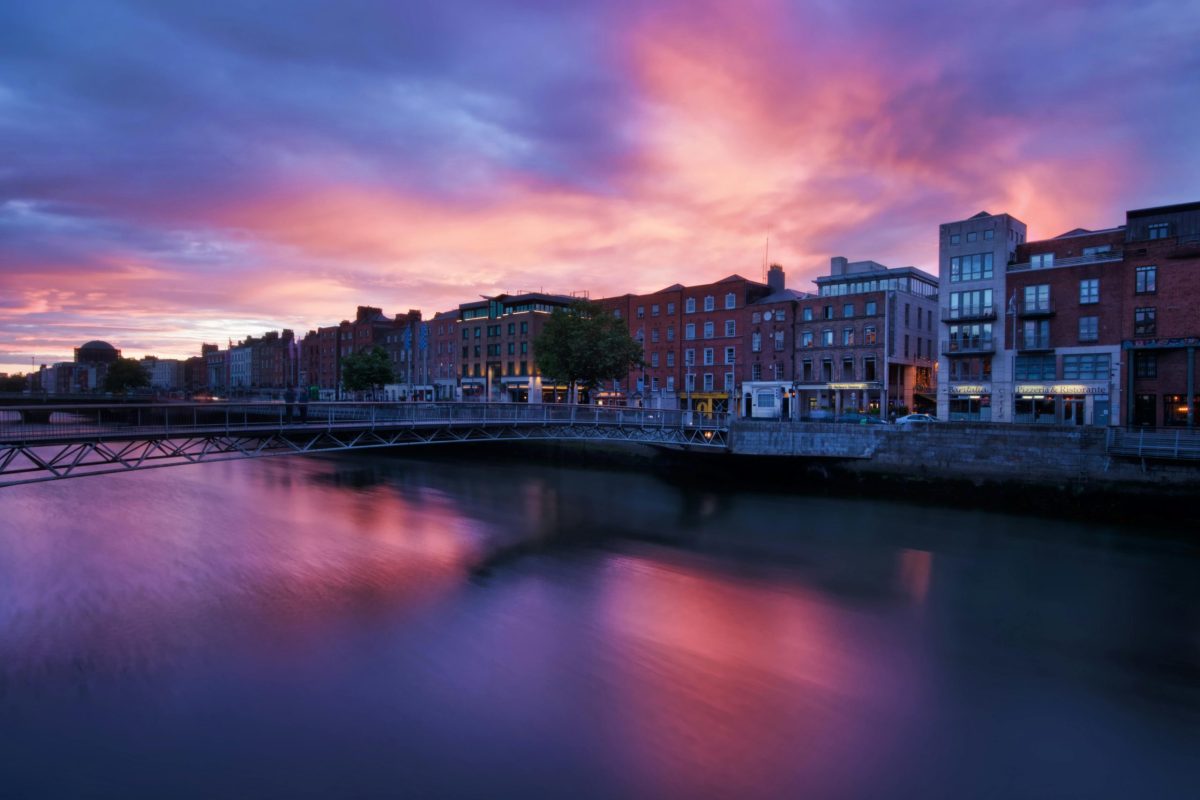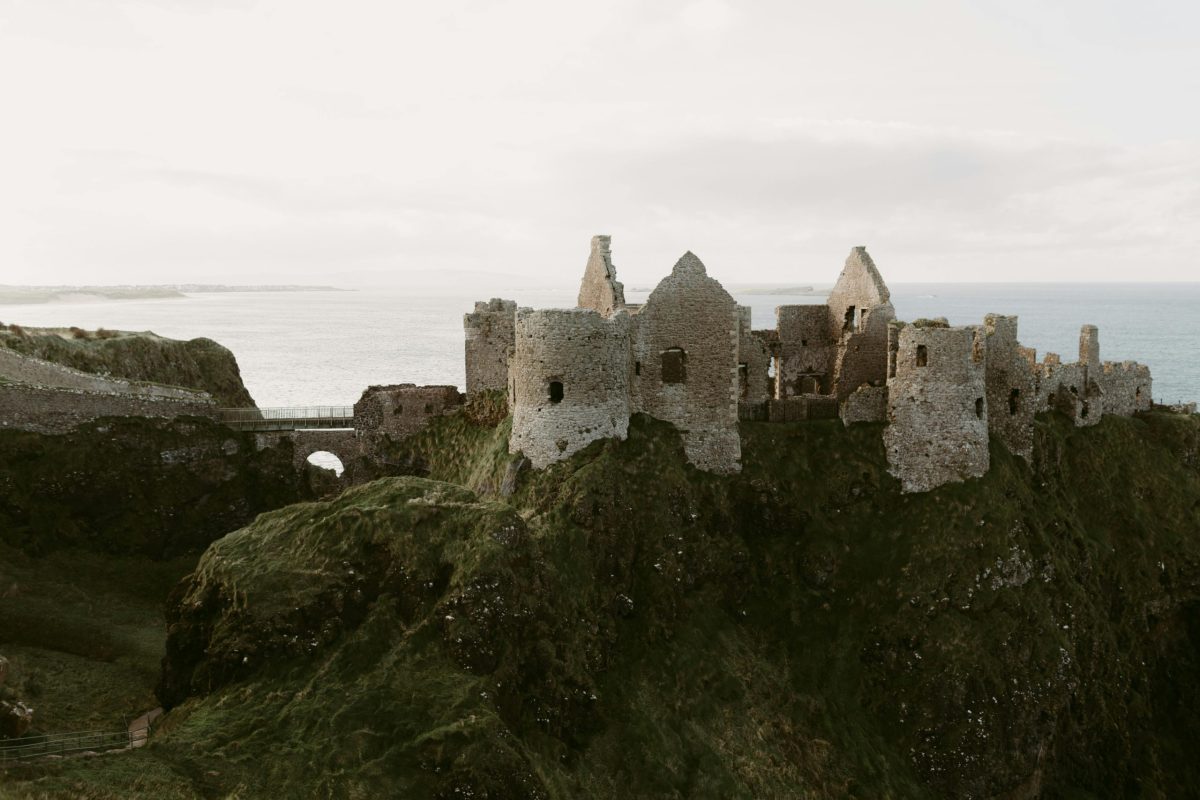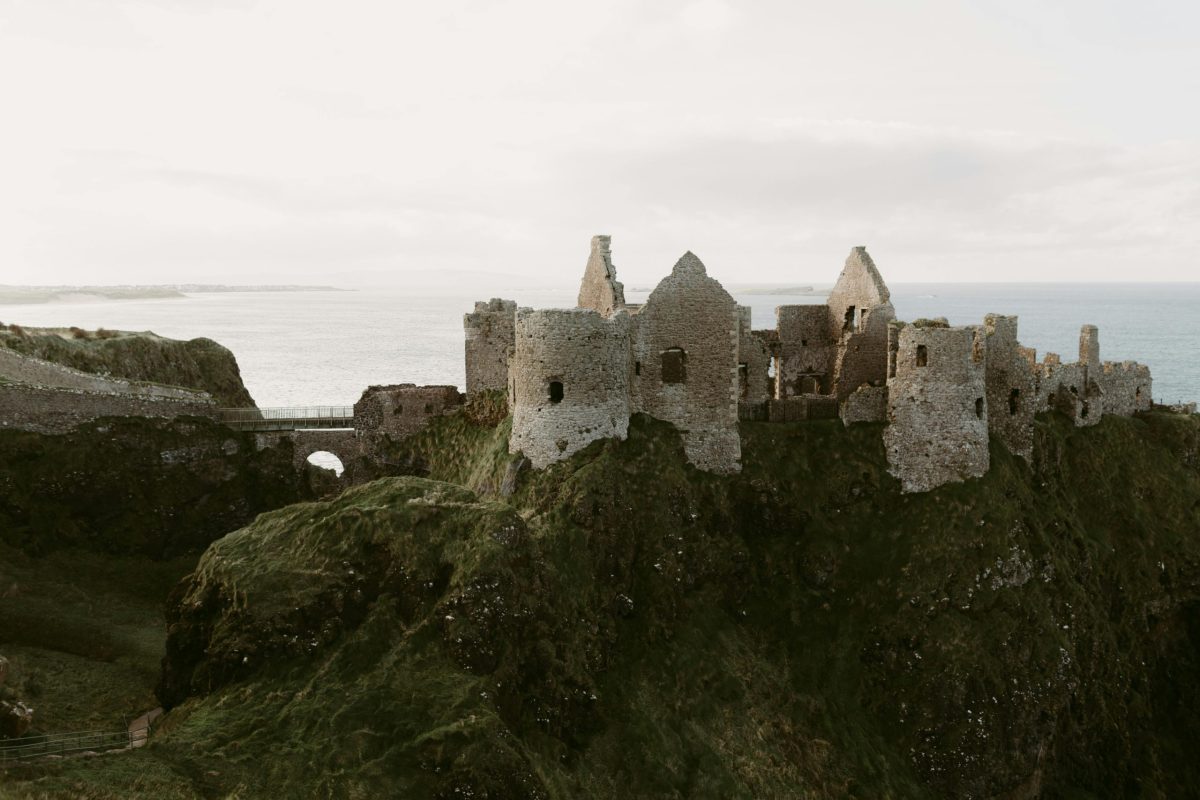How a Hidden Diary Revealed the Love Story of an Irish Revolutionary and a Silent Rebel
Estimated reading time: 8 minutes
Key Takeaways
- The love story of Michael Collins and Kitty Kiernan illustrates the personal struggles alongside political turmoil.
- Hidden diaries reveal the emotional depth of historical figures often seen only through their political actions.
- This relationship serves as a reminder of the intertwined nature of love and the fight for freedom.
Table of Contents
Introduction
The Heart of the Story
The Wider Echo
The Now & The Next
Did You Know?
FAQs
Final Word
Introduction
In the haze of rebellion, amidst the whispers of history, love blooms in the most unexpected of places. Hidden deep within the heart of County Kerry, a diary lay sleeping for decades, bursting with untold tales of passion that danced alongside the fervor of revolution. This is a story of two souls intertwined by the fire of change, a revolutionary and a silent rebel, grounded not just in the struggle for a free Ireland, but in the profound and intimate struggles of the heart.
The Heart of the Story
Michael Collins, a name that echoes through the valleys and streets of Ireland, stood not just as a soldier and statesman, but as a fierce lover. His relationship with Kitty Kiernan, a spirited woman from County Longford, is often cast in the shadows of his political legacy. The very fabric of their love story unfurled through collated letters and intimate diary entries that revealed an emotional depth often unspoken in grand narratives of revolution. Kitty, the daughter of a prominent Irish nationalist, embodied the life of quiet rebellion. She ran in circles that shaped Irish opinion but remained admirably unnoticed in the headlines. And yet, her love for Collins was as powerful as the cause he fought for. At times passionate, at times uncertain, their letters exchange dreams of peace while balancing the heavy price of war. The diary, once discovered, unlocked a treasure trove of vulnerability, portraying a love unblemished by the chaos surrounding them.
The Wider Echo
Their love story resonates far beyond the pages of history books; it reflects a tumultuous time when love was a radical act amidst insurgence. In a nation where little was preserved, Kitty’s unwavering support for Collins and her steadfast belief in his cause encapsulated the spirit of the diaspora that yearned for freedom—a yearning also presented in the letters of thousands who spread their roots across the globe, from Boston to Sydney, always holding stories of home in their hearts. Their correspondence came to light around the 100th anniversary of the Easter Rising, turning the tide of historical narratives, providing intimacy to the public’s understanding of revolutionary figures. Nationalism was more than a cause; it was personal. It was about belief, connection, and deep-seated emotion—a poignant reminder that our struggles are intertwined with our deepest bonds.
The Now & The Next
Today, as we witness the ripple effects of emigration and identity conflict, similar threads of love, rebellion, and sacrifice weave through modern lives. The essence of Collins and Kiernan’s relationship lives in stories sung in pubs across Dublin and London, in the lashes of Gaelic games representing a love for one’s county and culture. Amidst the uncertainties that prevail today—the housing crisis, mental health struggles, and vast diasporas longing for connection—the passionate past serves as both a guide and a testament to resilience. As the next generation picks up the mantle, let their tale inspire anew, a reminder that love, even when quiet, has the power to change the world.
Did You Know?
- Michael Collins was only 31 years old when he was assassinated in 1922, making his work and the love that he shared with Kitty Kiernan particularly poignant given their brief time together.
- The letters exchanged between Collins and Kiernan were not published until many years after both had passed, shedding light on the personal lives of these political icons.
FAQs
What was Michael Collins’ role in the Irish War of Independence?
Michael Collins served as Director of Intelligence for the Irish Republican Army and was instrumental in planning key operations during the war. His legacy continues to inspire many, especially in places like Kerry, where his revolutionary spirit lives on.
How did this love story affect Irish history?
The love between Collins and Kiernan humanized the struggle for Irish independence, reminding us that at the heart of every fight are real people with deep connections and emotions. It challenges how we understand historical narratives, especially when we celebrate icons like Collins.
Final Word
And so, as we raise our glasses in remembrance of those who loved fiercely and fought valiantly, let us also cherish the unyielding spirit of both the personal and the collective. This love story, unveiled through a hidden diary, remains a testament to the resilience of the human spirit amid the clamor for justice and freedom.
If you carry the same pride we do, you’ll find a piece of home waiting at
HubIrish.com.










